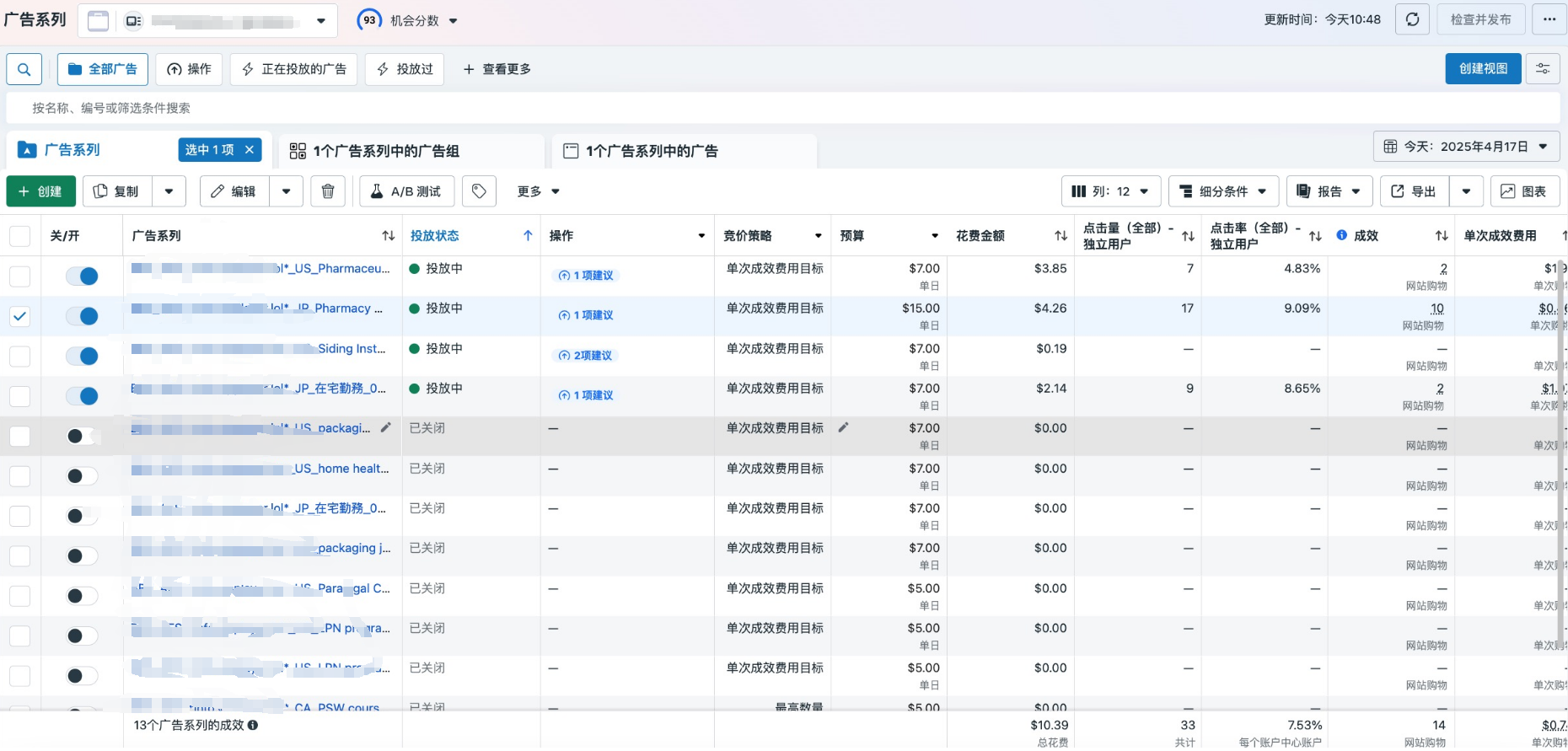
Master’s in Computer Science Application Guide: How to Craft a Resume That Stands Out
A well-structured resume is crucial for securing admission to a top Master’s in Computer Science (CS) program. Admissions officers review hundreds of applications, so your resume should clearly highlight your technical skills, academic achievements, and professional experience. Here’s a step-by-step guide to crafting a compelling CS graduate school resume.

1. Keep It Clear and Concise
Your resume should be one page long (maximum two pages if you have extensive experience). Use a clean layout, consistent font (such as Arial or Times New Roman), and clear section headings. Keep formatting simple, using bullet points for readability.
2. Include Key Sections
A strong CS graduate school resume typically includes the following sections:
A. Contact Information
At the top, include:
- Full Name
- Email Address (use a professional email)
- LinkedIn Profile (optional)
- Personal Website or GitHub (if applicable)
B. Education
List your most recent degree first, including:
- Degree Name (e.g., Bachelor of Science in Computer Science)
- University Name
- Graduation Year (or expected date)
- GPA (if 3.5 or above)
- Relevant coursework (only if highly relevant, such as Machine Learning, AI, Data Structures)
C. Technical Skills
Clearly display programming languages, frameworks, and tools you are proficient in. Categorize them for clarity:
- Languages: Python, Java, C++, JavaScript
- Frameworks & Libraries: TensorFlow, React, Node.js
- Databases: MySQL, MongoDB
- Tools: Git, Docker, AWS
3. Showcase Research & Projects
Many CS programs value research experience and technical projects. Include:
- Academic research: Mention publications, conference papers, or research labs.
- Capstone projects: Describe significant university projects related to AI, cybersecurity, or software development.
- Open-source contributions: Highlight contributions to GitHub repositories.
Each entry should have:
- Project Title
- Brief description (2–3 sentences)
- Technologies used
- Outcome or impact (e.g., “Achieved 90% accuracy in image classification using deep learning”)
4. Highlight Work Experience (If Applicable)
If you have internships or full-time experience, list them under “Work Experience.” Include:
- Job Title
- Company Name
- Dates of Employment
- Key Achievements (use quantifiable metrics where possible)
Example:
Software Engineering Intern, Google
June 2023 – August 2023
- Developed an internal tool using Python and Flask, reducing data processing time by 40%.
- Collaborated with a team of 5 engineers to optimize SQL queries, improving database efficiency by 30%.
5. Include Extracurricular Activities (Optional but Recommended)
Participation in hackathons, CS clubs, or mentorship programs can demonstrate leadership and passion for the field.
6. Tailor Your Resume for Each Program
Some universities prioritize AI and machine learning, while others focus on systems and software engineering. Adjust your resume to align with each school’s strengths and faculty research.
7. Proofread and Format Professionally
- Use consistent formatting and alignment.
- Avoid generic descriptions—use action words like “developed,” “optimized,” and “engineered.”
- Proofread for spelling and grammar errors.

A well-crafted resume showcases your technical skills, research experience, and academic strengths, increasing your chances of securing admission to a top Computer Science Master’s program.







